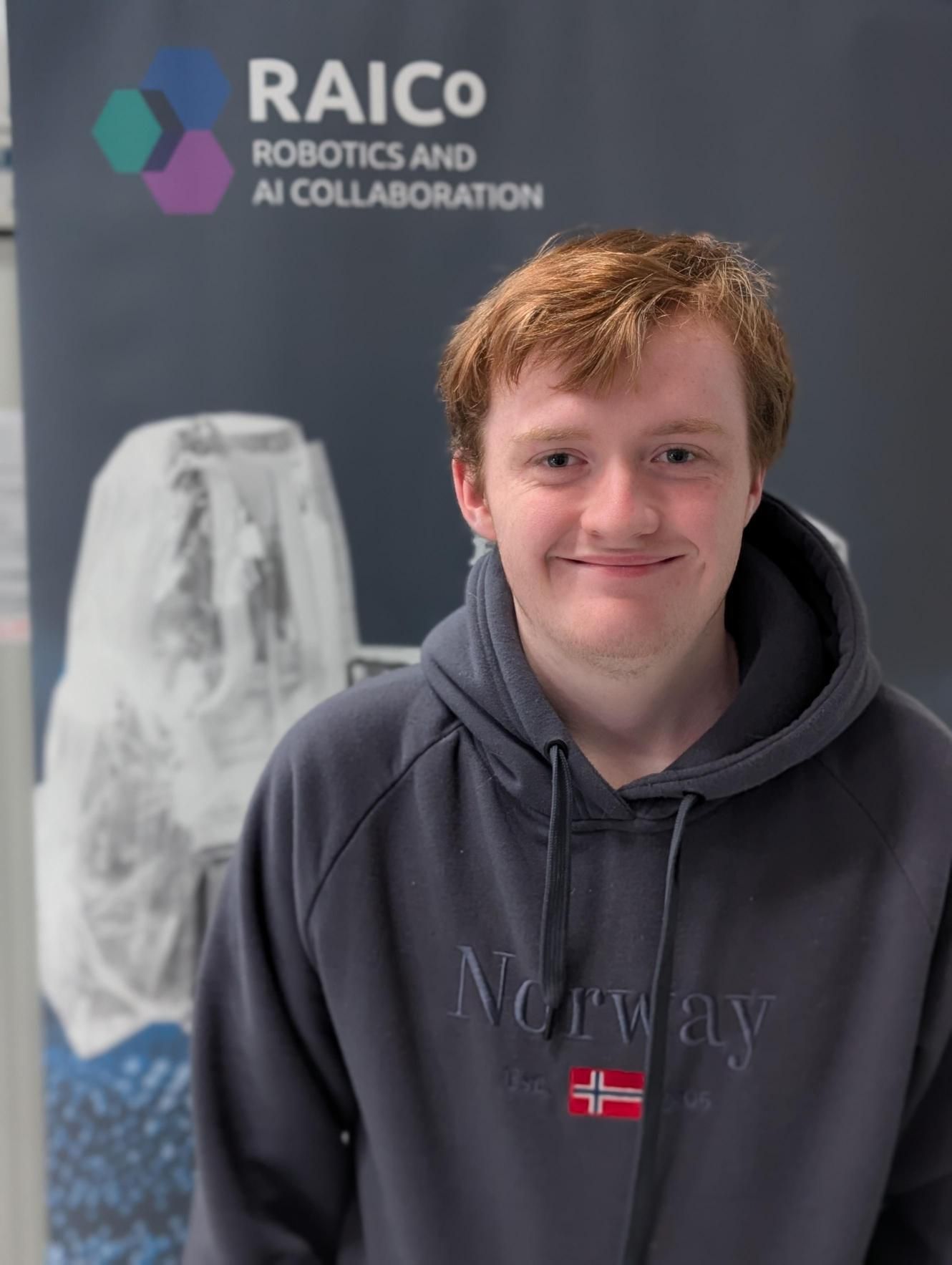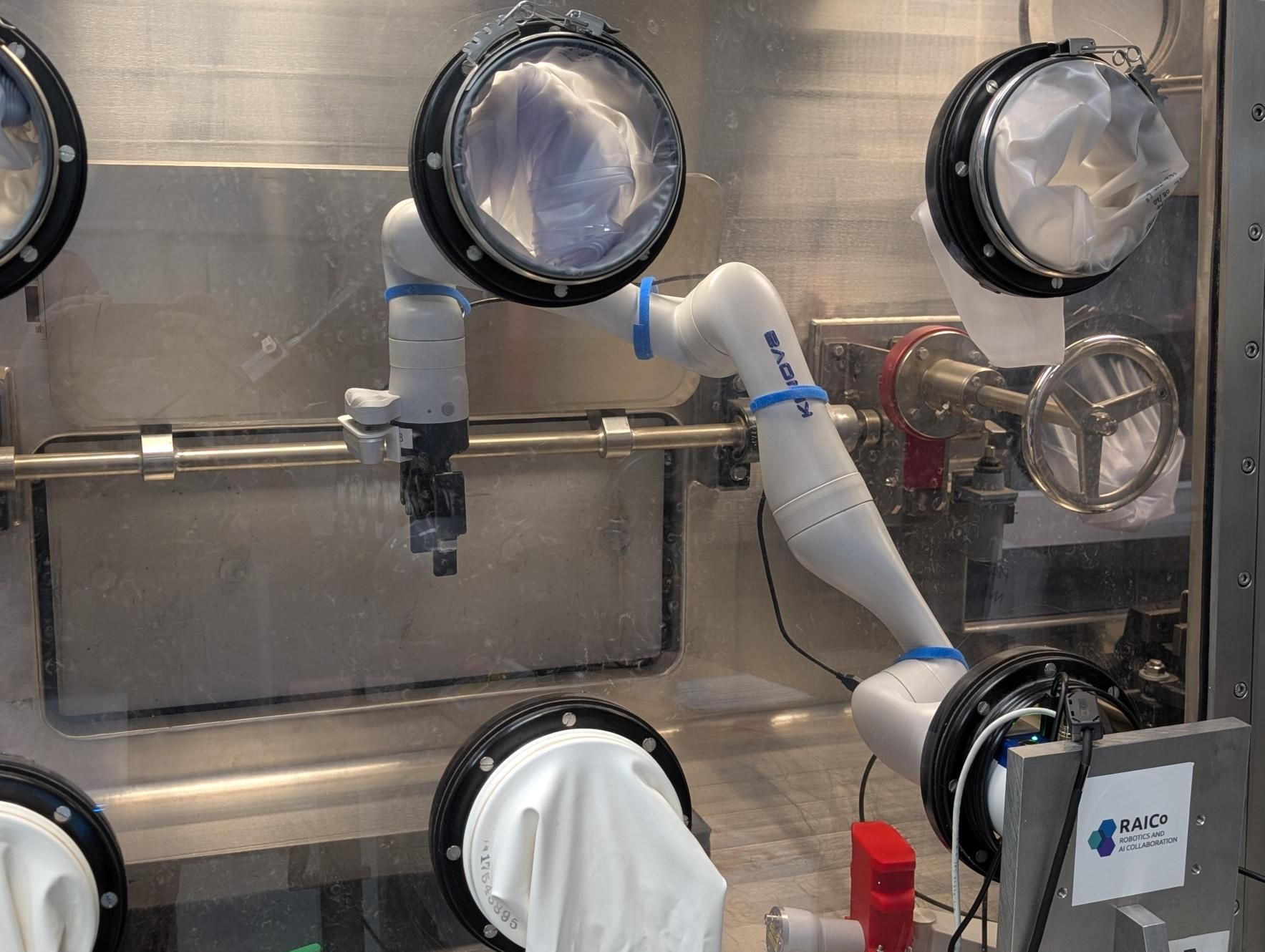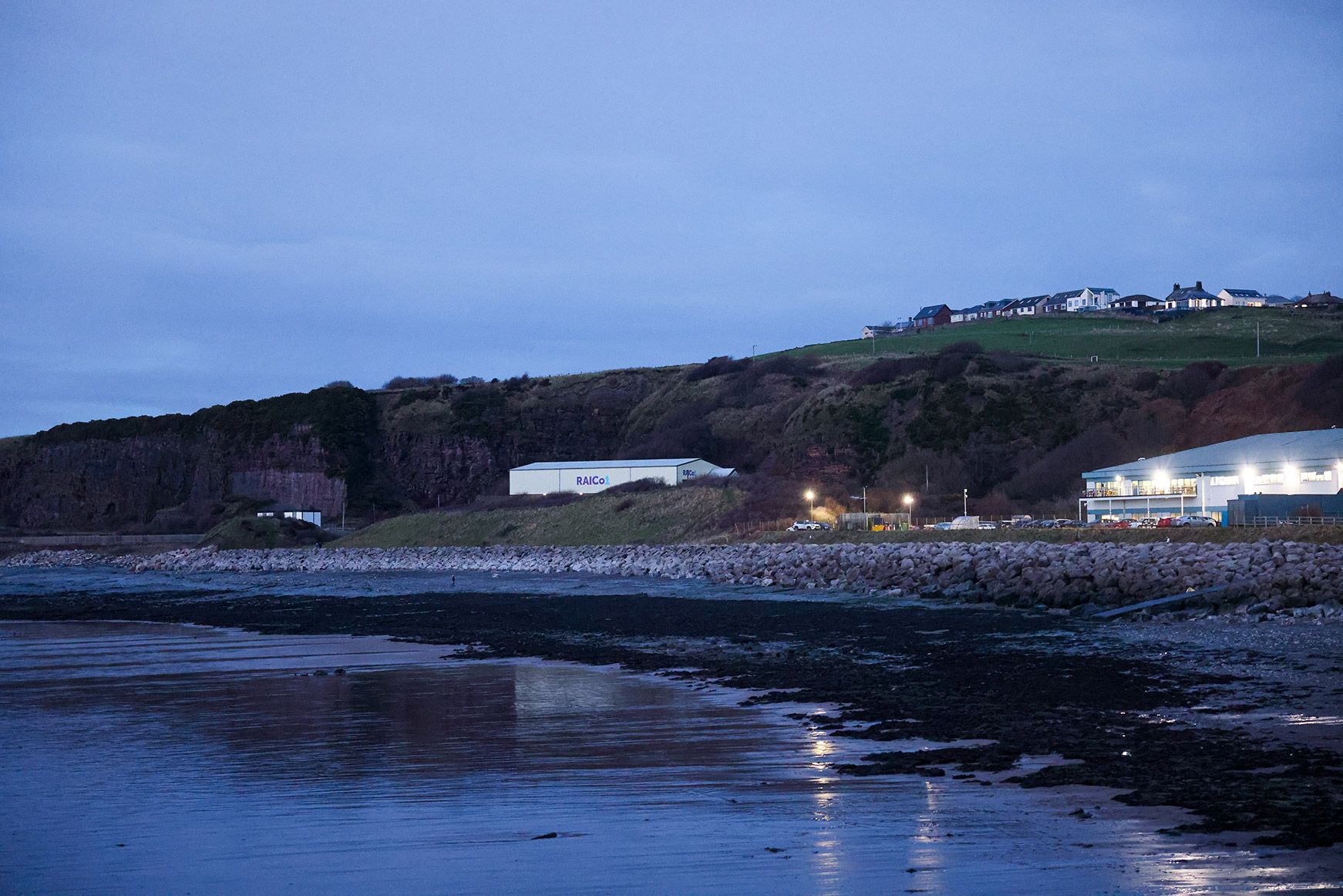News
How RAICo is nurturing local talent: An interview with a work placement student at RAICo1
27 June 2025

Meet Sonni, a student from Lakes College in Workington, not far from RAICo1.
Seven months ago Sonni joined a work placement with RAICo, and has since been immersed in the Glovebox Autonomy project – a project using AI to detect sharp objects in gloveboxes, and so reduce risks to humans and machines in radioactive environments.
When Sonni started, the model struggled to detect single objects, was getting false positives, and couldn’t discern steel items such a pipes against the stainless steel of the glovebox. Thanks in part to his hard work, the model now successfully detects partially obscured objects, ignores items not included in the training data, and handles the thorny challenge of reflections in the glovebox’s glass window.
In this Q&A, Sonni, who completed the placement in June 2025, shares his reflections from working at RAICo, the challenges he faced, and the skills he’s gained, offering a firsthand perspective on how such placements can shape aspiring technology professionals.

Please tell us a bit about yourself
Hi. My name is Sonni Carson Walker. I am originally from Barrow-in-Furness and recently moved to the Whitehaven area, where RAICo1 is located. I’m interested in computers, data and cybersecurity and in my spare time, I enjoy chess and video games, as well as spending time with family and friends.
At Lakes College, I’m on the verge of completing my Digital Support Services T Level – a qualification equivalent to three A levels, in which I have learned a range of digital skills, including programming.
How did the placement come about and how long have you been there?
My college recommended the place to me as a way to complete the placement hours required for the course. I was interested in RAICo as soon as I heard it was an option. I joined in December of 2024 and have been here since, doing two days per week.
What did you do on your placement? What is a typical day like and where are you based?
I was tasked with the object detection project, which involves using an AI model to identify objects in an image. This will be used in a radioactive glovebox to prevent objects inside of the glovebox coming into contact with anything they might damage. A typical day at RAICo involves augmenting the data – using a tool that places information into a data pool that the AI can pull from.
What have you learned in your time here? What is the most interesting thing?
I’ve learnt a lot about robotics and AI and how well the two things work together. I’ve also learned a lot more about computers. The most interesting thing has been seeing the wide variety of technology on show – some of the technology in RAICo1 is very advanced.
What’s been the biggest challenge you’ve faced as an intern, and how did you overcome it?
The biggest challenge is keeping the object detection work to a high standard, and maintaining focus while augmenting the data. It’s important to get it right but it is a very repetitive task and can take a long time to complete, due to the vast amount of data that must be filtered through.
How will it help you in your career, and what do you plan to do next?
I think the placement will help my career in many ways. It has allowed me to explore a wider variety of career options, including robotics, and given me a wealth of experience in this field. I’m currently exploring the options that are available to me – which range from IT-related roles to robotics-based ones.
What advice would you give to future interns?
Ask as many questions as often as possible – it’s a great way to gain valuable insight into how things work and the different processes at RAICo1. It allows you to learn lots about the technology on display in the building and the different organisations that make up RAICo.
